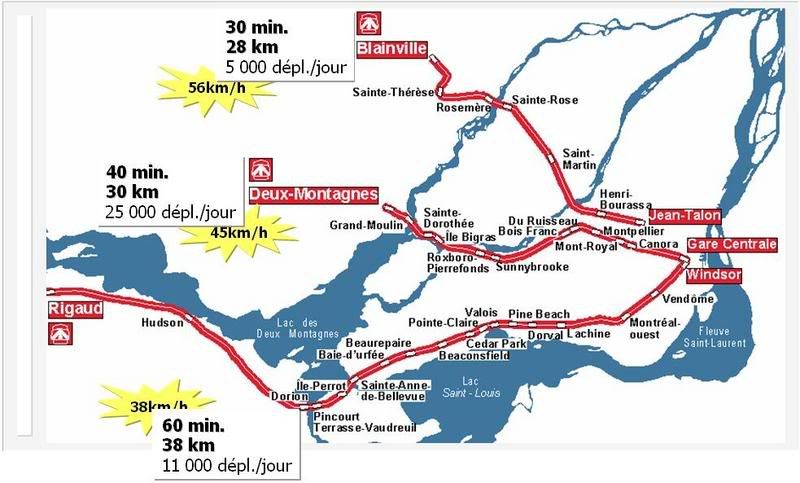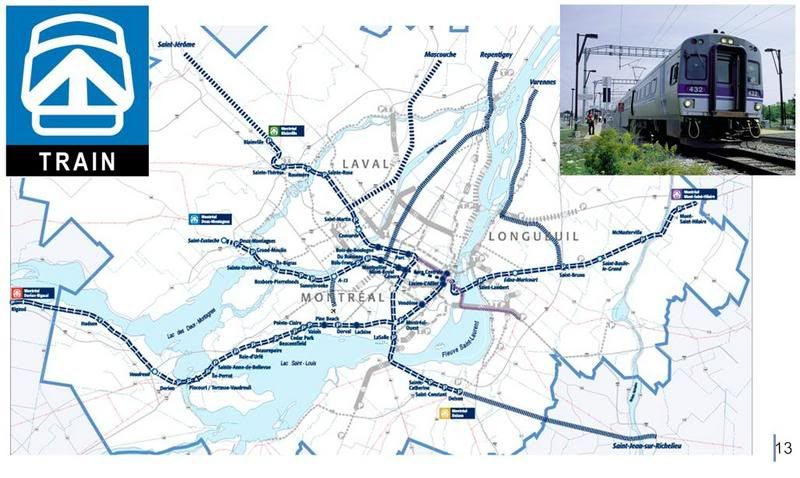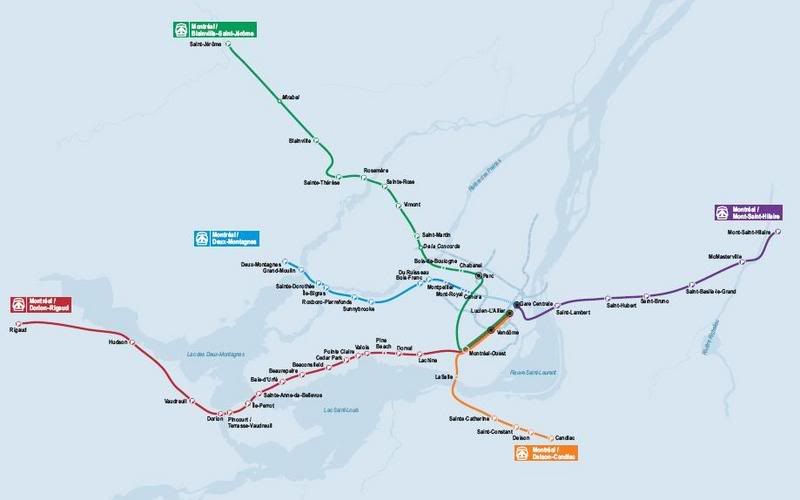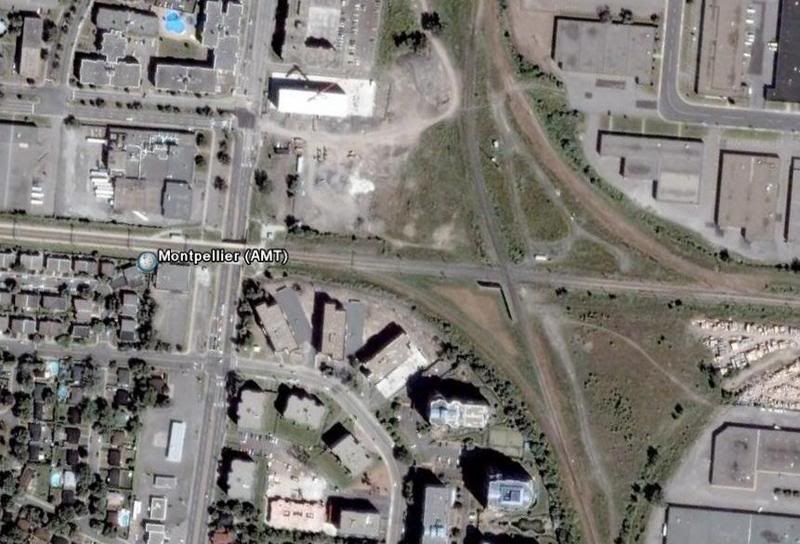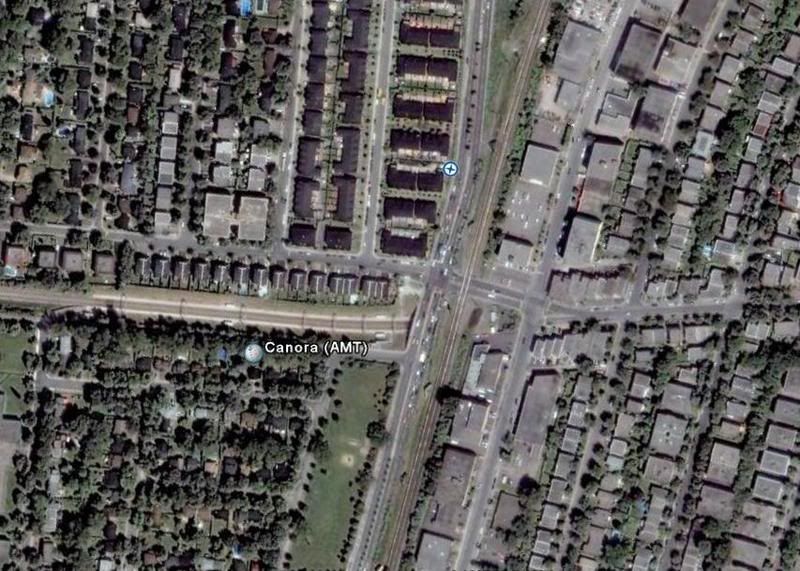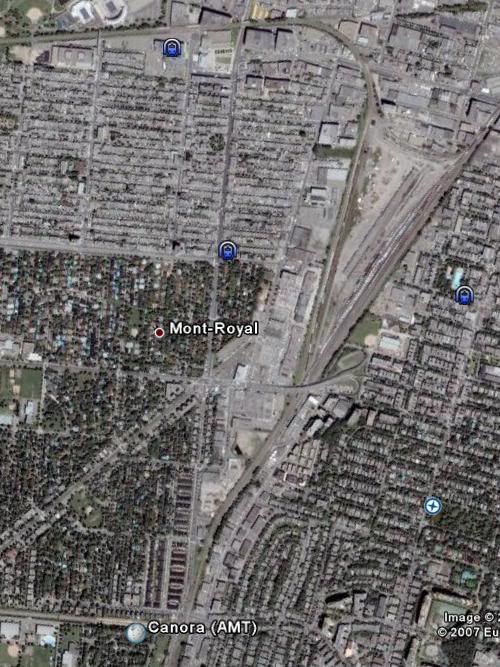U
unimaginative2
Guest
Harper certainly has no interest in rail. During the latter part of the Liberal era, VIA got all of the British Nightstock equipment which was to be used for expanding service. Unfortunately, it's been tied up in legal wrangling over wheelchair accessibility.
This question has already been answered, but I'd add that single track with frequent sidings is usually enough for all but the most frequent service.
There's definitely a lot of pressure in Barrie. I think there's some interest in Niagara Region too. I don't know much about other places.
Besides Barrie, I don't think there are any places where they're seriously looking. In terms of bus service, they've put out a report recommending bus service from Kitchener and Cambridge to, I belive, the new Lisgar station. That could eventually be expanded to rail service. I think they're also talking about buses to St. Catharines.
The tracks from the Don to the junction with the Weston Sub were always owned by the Toronto Terminals Railway, a joint venture between CN and CP. A couple of years ago, it was bought by GO Transit. They own the tracks, including through Union Station, while the station building and the under-track area is owned by the City of Toronto.
It's sort of a long block. You just have to walk up to the surface and along Main Street. It would be possible, if somewhat expensive, to build a tunnel.
I don't understand these issues with the Mount Royal tunnel. Didn't they just install a whole new electrical system? There's no reason why a double-tracked tunnel couldn't handle trains every two minutes at the very least. That should be more than enough for as many commuter rail lines as they want. Just install the same signalling as they use in the New York tunnels or any European S-Bahn/RER route.
1. On the CP Havelock Sub, is there room for the addition of more tracks in the right of way? And on the same topic, is there still an existing rail line and station that runs through Peterborough?
This question has already been answered, but I'd add that single track with frequent sidings is usually enough for all but the most frequent service.
2. I know that local Kitchener and Guelph media from time to time bring up the idea of improving rail service in their cities. Are there are any other cities or parts of the GTA where there is the same kind of local pressure to push for better rail connections?
There's definitely a lot of pressure in Barrie. I think there's some interest in Niagara Region too. I don't know much about other places.
3. With regards too GO's train service, what plans, if any, do they have for future extensions? I know most of the work they are doing right now is adding tracks to existing lines and such. But beyond Barrie and Peterborough, where are they looking seriously at heading next?
Besides Barrie, I don't think there are any places where they're seriously looking. In terms of bus service, they've put out a report recommending bus service from Kitchener and Cambridge to, I belive, the new Lisgar station. That could eventually be expanded to rail service. I think they're also talking about buses to St. Catharines.
4. Who owns the tracks at Union Station? Is this still under the ownership of CN or are there are any special arrangements specifically for the station and that small section of the corridor?
The tracks from the Don to the junction with the Weston Sub were always owned by the Toronto Terminals Railway, a joint venture between CN and CP. A couple of years ago, it was bought by GO Transit. They own the tracks, including through Union Station, while the station building and the under-track area is owned by the City of Toronto.
5. On a map I see that GO Danforth station is perhaps a block or two away from a subway station on the Bloor line. In actuality, how close (or far) are these two stations from each other and is there any connection for easy transferring built between them?
It's sort of a long block. You just have to walk up to the surface and along Main Street. It would be possible, if somewhat expensive, to build a tunnel.
I don't understand these issues with the Mount Royal tunnel. Didn't they just install a whole new electrical system? There's no reason why a double-tracked tunnel couldn't handle trains every two minutes at the very least. That should be more than enough for as many commuter rail lines as they want. Just install the same signalling as they use in the New York tunnels or any European S-Bahn/RER route.





